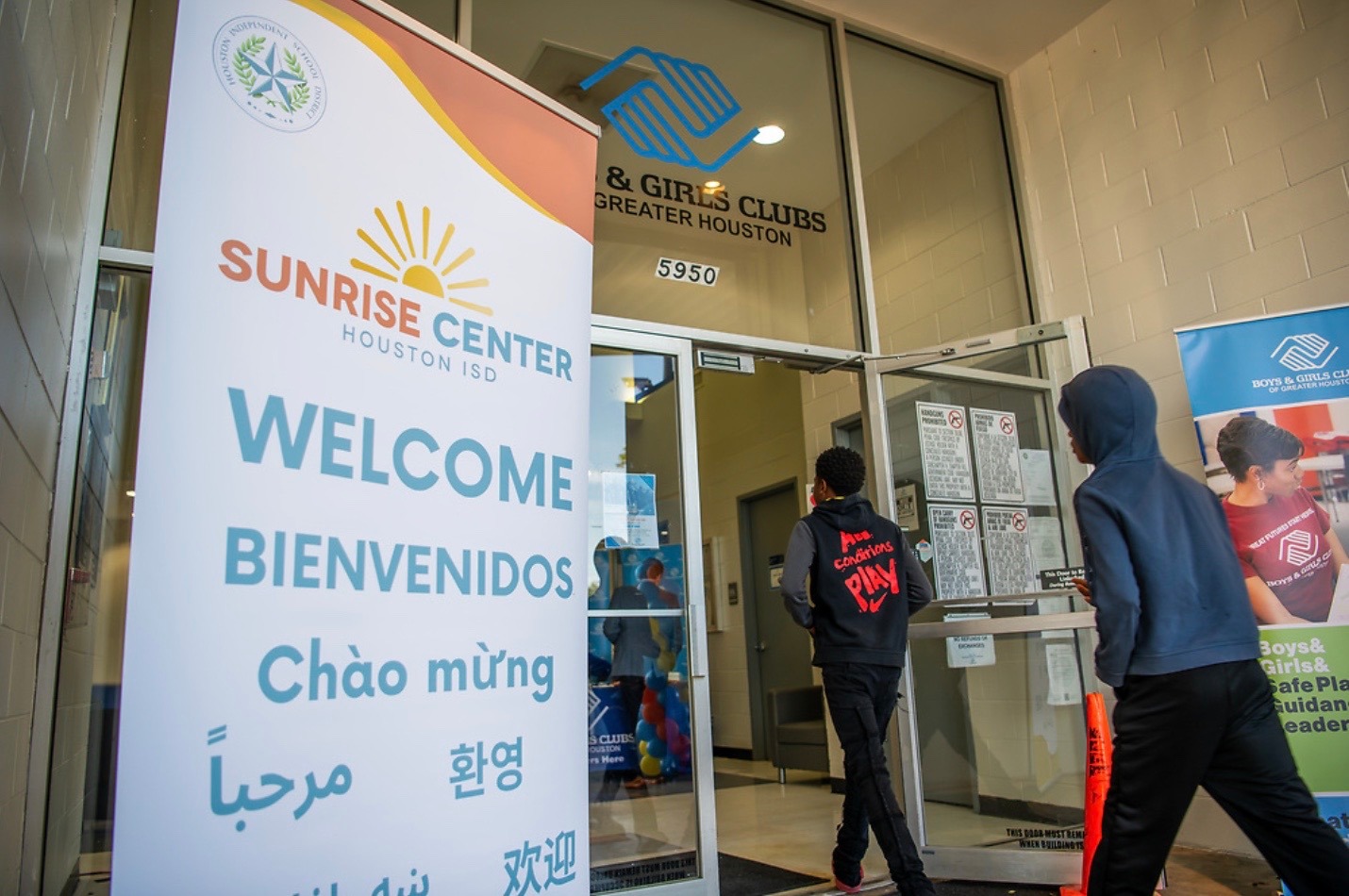Introduction to Houston ISD’s Sunrise Centers
Houston ISD has shifted its non-academic student resources from the recently-shuttered wraparound service department to its Sunrise Centers. These centers provide students with access to services including medical and mental health care, clothing, and a food pantry. However, a report found that the centers may be out of reach for those who need them most.
Accessibility Issues
While most Houston ISD students are about a 10-minute drive away from one of the district’s seven Sunrise Centers, students living in Third Ward and Denver Harbor don’t have easy access to one. The centers are also far from students living in the northwest areas of the city. This is a concern because many of these students rely on public transportation to get around. The report found that the neighborhoods where the highest number of residents without a car live are also the least likely to have a Sunrise Center close by.
Challenges Facing the Sunrise Centers
The report identified several challenges facing the Sunrise Centers, including:
- HISD staff has "low familiarity" with the services the centers provide and the process of referring students to them.
- The process of supporting students is being bogged down by "time-consuming data-entry processes" along with technology challenges.
- Existing data systems aren’t reliably tracking services provided to students and families.
- Sunrise Center staff face time constraints.
Strengths of the Sunrise Centers
The report also identified several strengths of the Sunrise Centers, including:
- Sunrise Center staff had "close relationships" with the wraparound services department.
- Sunrise Center staff collaborate with community organizations they are co-located with.
- Most students are either a 10-minute drive or a 15-minute walk from a bus stop to a center.
Future Plans for the Sunrise Centers
The district is set to open its eighth center by next school year, located in the Marian Community Center in southwest Houston. Superintendent Mike Miles created the Sunrise Centers with the goal of eventually opening 12 centers. The centers are part of the "Continuum of Care" initiative, which seeks to provide students with "comprehensive support" and help them become active members of the community.
The Need for Non-Educational Support
Nearly 80% of the district’s 187,000 students are considered economically disadvantaged, and 4% are classified as homeless. This underscores the need for the district to provide non-educational support. The district announced that it was ending its wraparound services department earlier this month, citing that it was designed for a different version of HISD.
Concerns About the New Model
HISD Trustee Savant Moore expressed concerns about the district’s decision to abandon the wraparound services model, saying that it was "a working solution." He believes that the district is headed in the wrong direction by replacing it with the Sunrise Centers, which he says cost more and serve less.
Conclusion
The Sunrise Centers have the potential to provide much-needed support to Houston ISD students, but they face several challenges, including accessibility issues and lack of familiarity among staff. To address these challenges, the district must work to increase awareness of the centers and their services, as well as make them more accessible to students who need them most. By doing so, the district can help ensure that all students have the support they need to succeed, regardless of their background or circumstances. As Gabriela Sanchez-Soto, the report’s lead researcher, said, "HISD is a really large district with really large needs… trying to create an approach that is evidence-based, that focuses on creating something that is sustainable, that is effective, and that is actually supporting the needs of the students that they need to serve, is essential."




